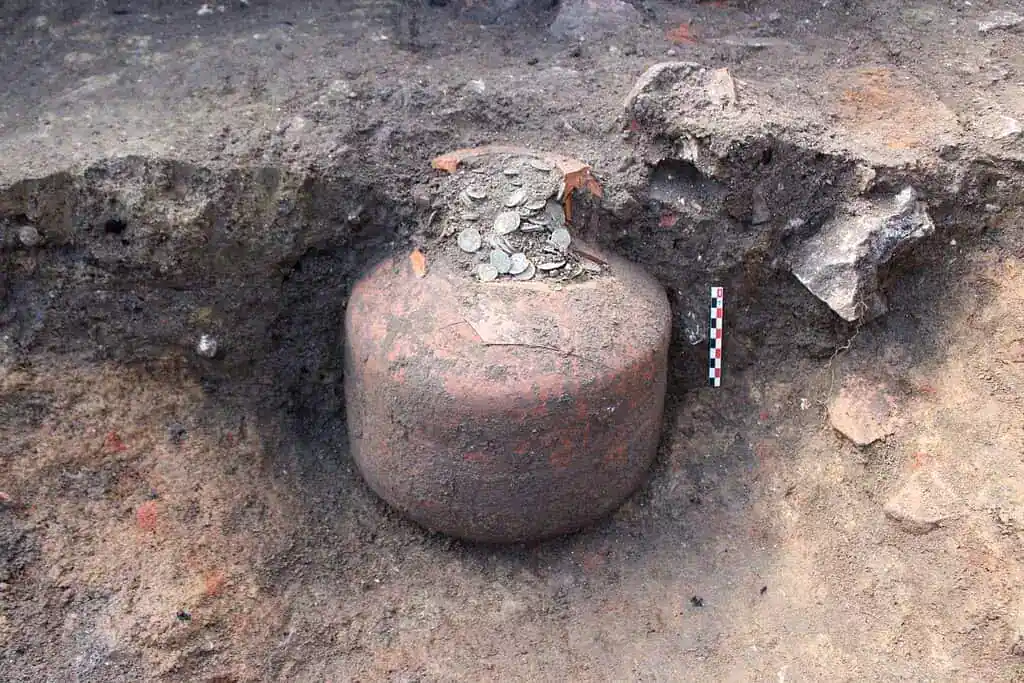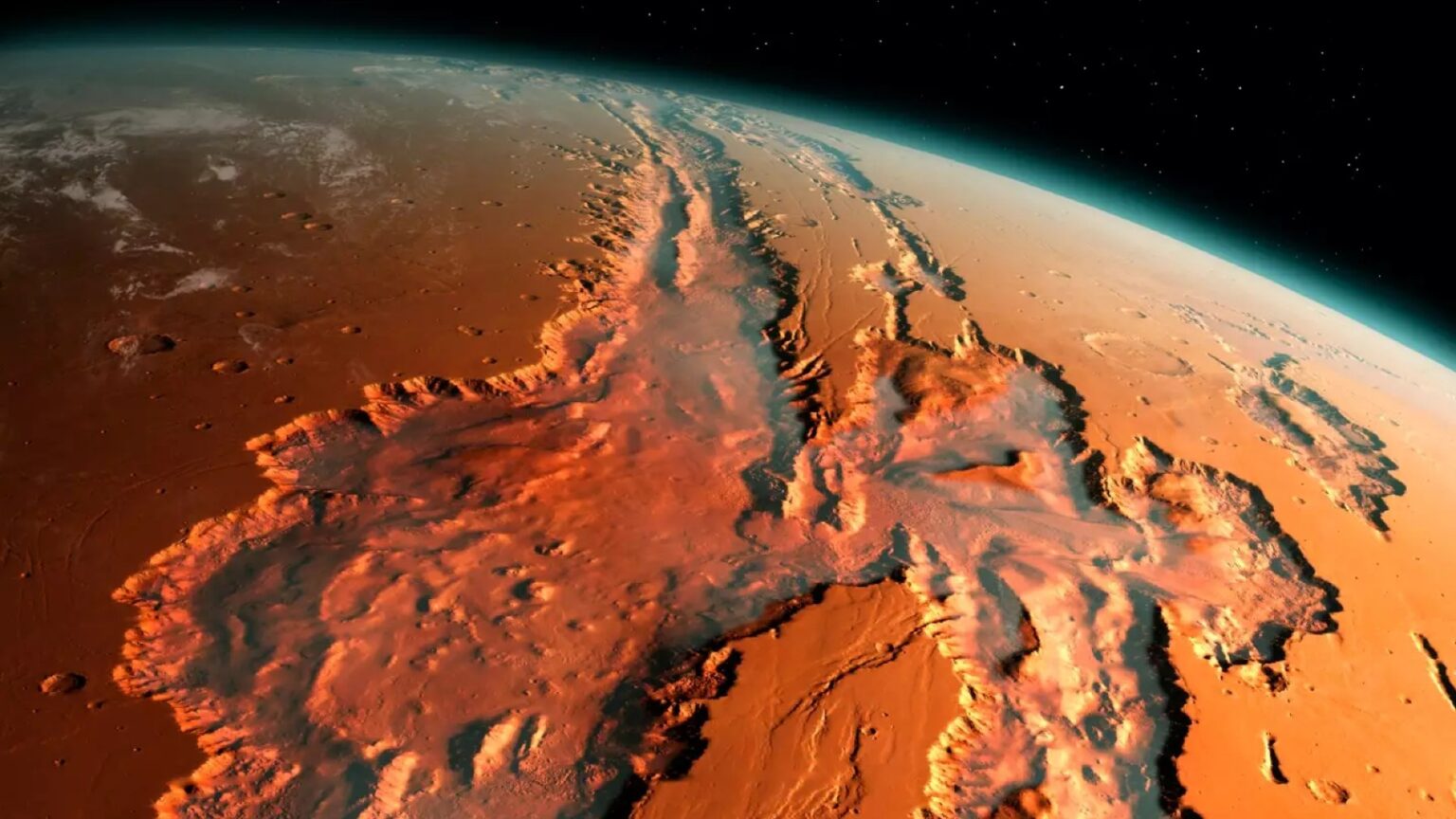UNITED KINGDOM – A fuel-free satellite system that sucks in the air may be able to provide unlimited propulsion for longer-duration orbital operations one day.
University of Surrey’s Surrey Space Centre researchers are developing a new breed of spacecraft that will be propelled by capturing the air rather than standard propellants.
This innovative concept, called air-breathing electric propulsion spacecraft, will fly near our planet in the very low Earth orbit (VLEO). This orbit is between 95 and 250 miles in altitude. This orbital location has the potential to dramatically improve Earth observation, climate monitoring, and satellite communications.
The center recently received £250,000 from the UK Space Agency to advance the development of the air-breathing electric propulsion concept. This grant will enable them to create a conceptual design, perform propulsion tests, analyze orbital mechanics, and perform aerodynamic simulations.
Air-breathing electric propulsion (ABEP) uses upper atmospheric air as a fuel to power an electric thruster on a satellite.
In a nutshell, a satellite’s device collects air from the upper atmosphere and channels these air particles into a specialized ionization chamber. Inside this chamber, the air particles are bombarded with energy, turning them into a super-hot, electrically charged state called plasma. This process can be used to propel the spacecraft.
“We’ve been developing a cathode, or neutraliser, to work in electrostatic thrusters operating in the thin air found in ultra-low Earth orbit,” explained Mansur Tisaev, a postgraduate research student at the university.
“By collecting and compressing the gases at that altitude, we can create a propellant flow that is ionized (i.e., transformed into a mix of charged particles) and accelerated using combinations of electric and magnetic fields, harnessing electrical power from solar panels.”
VLEO offers various advantages over low Earth orbit (LEO), where most of the current satellites are launched and placed. VLEO is less congested, with almost no issue of space debris, and much closer to our planet.
From this orbital position, the new air-breathing spacecraft can provide more detailed observations and imagery of our planet.
“There are benefits to flying in very low altitude orbits, like being able to operate Earth observation at much higher resolutions than offered at present,” Andrea Lucca Fabris said in the press release.






